Supporting Children with Speech and Language Impairments
Supporting Children with Speech and Language Impairments in the Classroom
Communication is a critical life skill that allows us to express our needs, build relationships, exchange information, and make sense of the world around us. For children with Speech and Language Impairments, developing strong communication abilities is essential not just for academic success, but for cognitive, social-emotional, and behavioural growth. Supporting children with speech and language development should be front and centre of your teaching provision. This post on speech and language strategies for teachers will provide you with some ideas.
Within a typical classroom environment, students are constantly using an array of communication skills as part of the learning process – listening, speaking, reading, writing, following instructions, describing ideas, asking questions, and more. However, many students struggle with aspects of communication that can significantly impact their classroom experience.
This article will explore the communication challenges some students face, why these skills are so important, how to identify gaps, and effective teaching strategies to support speech and language impairments in the classroom.
Prevalence of Communication Difficulties
Research indicates that around 10% of children have some form of long-term speech, language, or communication need (SLCN). This means in a school of 1000 students, around 100 would be expected to have SLCN. Even in a small school of 200, approximately 20 students may be affected.
Communication disorders can be complex and difficult to identify. Without proper accommodations in place, children with SLCN often go on to have social, emotional, and educational difficulties. Supporting their communication development is critical for allowing students to fully engage in learning.
With such sizeable numbers of students potentially affected, it is vital for schools to equip teachers with knowledge on implementing classroom strategies to meet communication needs. Additional training and support is especially important in schools serving large proportions of students from disadvantaged backgrounds, where developmental language delays are more prevalent.
Importance of Communication Skills
So why exactly are communication skills like speaking, listening, reading, and writing so important for students? Here are some of the key reasons:
- Allow students to express academic ideas, ask questions, describe problems, and articulate thinking
- Enable students to follow instructions, actively listen, and absorb information
- Build vocabulary and language abilities needed to understand text and curriculum
- Promote social connections, relationship building, and classroom participation
- Develop self-confidence, self-advocacy, and emotional regulation skills
- Set a trajectory for ongoing language and literacy development
When communication abilities are compromised by Speech and Language Impairments, students struggle to fully access, engage with, and benefit from educational opportunities. Difficulties can snowball over time. The earlier communication gaps can be identified and addressed, the better outcomes students with Speech and Language Impairments have for academic and life success.
Signs of Potential Communication Needs
Not all communication difficulties may be formally diagnosed. But teachers can watch for signals that a student may need extra communication support:
- Difficulty following verbal instructions
- Limited vocabulary and short, basic verbal responses
- Trouble learning and remembering new words
- Incomplete expression of ideas and stories
- Difficulty understanding figures of speech
- Challenges interpreting nonverbal cues like facial expressions
- Poor listening skills, frequently interrupting or going off-topic
- Limited eye contact (do not punish or expect eye contact) or tuning out when direct instruction is given
- Social difficulties related to communicating appropriately
Some behaviors like limited class participation or disruption may stem from underlying unidentified communication gaps. Collaborating with support staff to explore concerns through screenings or evaluations is key.
Classroom Strategies to Support Communication For Children With Speech and Language Impairments
Here are some highly effective strategies teachers can implement to nurture communication skills for all students:
- Listen Actively: Give students your full attention when speaking. Ask follow-up questions and paraphrase to check understanding. Model good listening with peers.
- Use Visuals: Post visual schedules, anchor charts, timers, and behaviour expectations with pictures. Demonstrate processes visually.
- Allow Processing Time: Give at least 10 seconds for students to respond to questions. Give time to formulate ideas before speaking.
- Simplify Vocabulary: Pre-teach tricky vocabulary. Post word banks. Explain idioms and figures of speech.
- Encourage Conversation: Have students share and discuss their perspectives in pairs, small groups, and whole class. Teach appropriate conversation guides.
- Check Comprehension: Ask students to restate instructions, summarise key points, and explain their thinking. Clear up any confusion.
- Use Multisensory Techniques: Incorporate visuals, movement, drama, art, and music into language and phonics learning. Tap into multiple learning styles.
- Promote Word Consciousness: Call attention to interesting words, use anchor charts to reinforce key vocabulary. Analyse word structures and contexts. Foster word play and curiosity.
- Explicitly Teach Skills: Model communication strategies like asking clarifying questions, Joint attention, voice projection, turn-taking, and providing feedback.
- Adjusting Expectations: Allow flexible response options beyond verbally calling on students. Vary participation requirements appropriately.
Examples of Visual Supports for Children With SLCN
Here are some examples of visual supports teachers can use to help students with speech, language and communication needs (SLCN) in the classroom:
- Visual schedules Use pictures/symbols to outline daily activities and transition times. Helps with routine-following, organisation, and reduces anxiety.
- First/Then boards Show a preferred action after a less-preferred task is completed. Supports task initiation and transitions.
- Choice boards Allow students to select preferred activities/materials from a grid using words, photos, or icons. Boosts communication and independence.
- Behaviour expectation posters Display rules and norms with illustrations of what behaviours should look like. Promotes self-regulation.
- Visual timers Show a countdown using colours, number lines, or sand timers. Helps with time management and transition warnings.
- Graphic organisers Use story maps, Venn diagrams, and more to represent content visually. Improves comprehension and organisation.
- Anchor charts Post key vocabulary, concepts, and strategies with visuals. Reinforces learning and participation.
- Word/symbol walls Display important words and symbols for quick reference. Builds vocabulary awareness.
- Response cards Students hold up cards with answer choices rather than verbalising them. Allows participation with limited speaking.
- Feeling charts Use emoticons, characters, and colours to represent emotions. Supports emotional identification and expression.
- Interactive modelling Demonstrate skills and allow tactile involvement. Boosts engagement and comprehension.
- Picture exchange cards Students hand teacher relevant cards to communicate needs nonverbally. Reduces frustration.
The key is intentionally incorporating visuals within lessons, activities, materials, and the classroom environment to reinforce language learning and maximise comprehension for students with Speech and Language Impairments
Frequently Asked Questions About Speech and Language Impairments
1. What percentage of students are estimated to have some form of speech, language or communication need (SLCN)?
Around 10% of children are believed to have some form of long-term SLCN.
2. How many students would this potentially affect in a large school of 1,000 students?
In a school of 1,000 students, around 100 would be expected to have SLCN.
3. How many students may be impacted in a small school of 200 students?
In a small school of 200 students, approximately 20 students may be affected by SLCN.
4. Why can communication disorders be difficult to identify?
Communication disorders can be complex and challenging to identify definitively without expert assessment. SLCN is often under-recognized.
5. What types of difficulties may emerge for students with undiagnosed SLCN?
Without proper accommodations, children with undiagnosed SLCN often develop social, emotional, and educational difficulties.
6. Why is it important for schools to provide SLCN training and support to teachers?
With high numbers of students potentially affected, equipping teachers with knowledge on implementing classroom strategies to support communication skills is critical.
7. What are some key reasons communication skills are so important for students?
Communication allows students to express ideas, understand instruction, build vocabulary, foster social connections, self-advocate, and develop lifelong literacy.
8. What are some signs a student may have potential communication needs?
Signs include difficulty following instructions, limited vocabulary, poor listening skills, trouble interpreting nonverbal cues, and inappropriate social communication.
9. How can teachers actively support communication skill development?
Strategies include listening actively, using visuals, allowing wait time, simplifying vocabulary, explicitly teaching skills, and providing flexible response options.
10. What are some ways to encourage student conversation skills?
Having students share perspectives in pairs, small groups, and whole class discussions can nurture conversation abilities. Teaching conversation rules is also helpful.
11. How can teachers check for understanding when communication gaps exist?
Restating instructions, summarizing content, and having students explain their thinking out loud can reveal comprehension issues to address.
12. What multisensory techniques can support language learning?
Incorporating visuals, movement, drama, art, and music activities tap into multiple learning styles and boost language skills. These can include shared attention activities.
13. How can word consciousness be promoted?
Calling attention to interesting words, analyzing word structures, fostering word play and curiosity all heighten student awareness of vocabulary.
14. What adjustments may help participation for students with communication challenges?
Allowing flexible response options beyond verbal sharing, and varying participation requirements appropriately, can help students with communication needs.
15. Who are important team members who can collaborate to support students with communication disorders?
Speech-language pathologists, teachers, parents, educational psychologists, and support staff should work together.
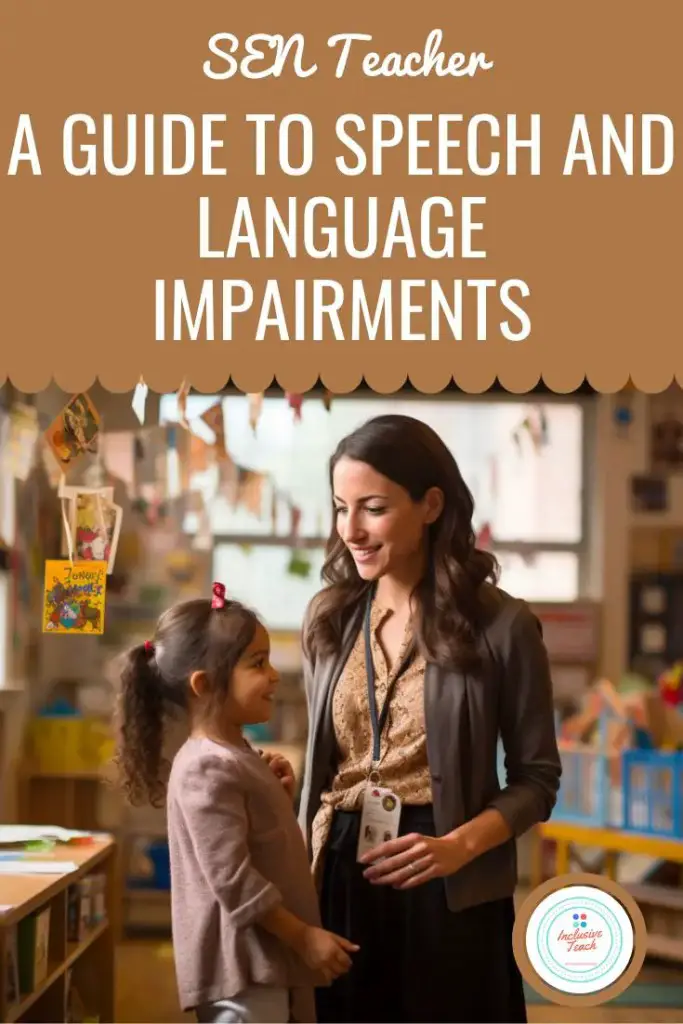
Conclusion
Communication abilities are central to a child’s cognitive, academic, social-emotional, and behavioural growth. All students need to practice expressing thoughts, listening actively, absorbing and applying information, and articulating ideas. When impairments exist, appropriate accommodations and explicit teaching of language strategies are critical to support access to curriculum and school engagement.
With training on research-backed techniques, teachers can identify potential communication gaps proactively and implement individual and classwide strategies to nurture speech, language, listening, reading, and writing skills. Removing communication barriers allows students to feel understood, meet their potential, build social connections, and develop lifelong literacy.

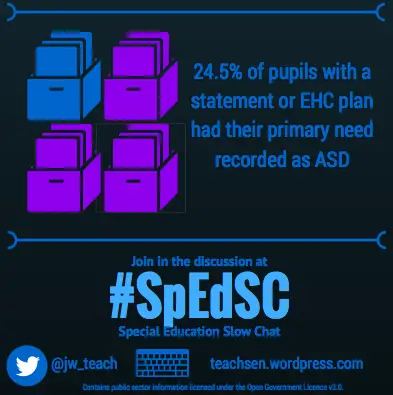
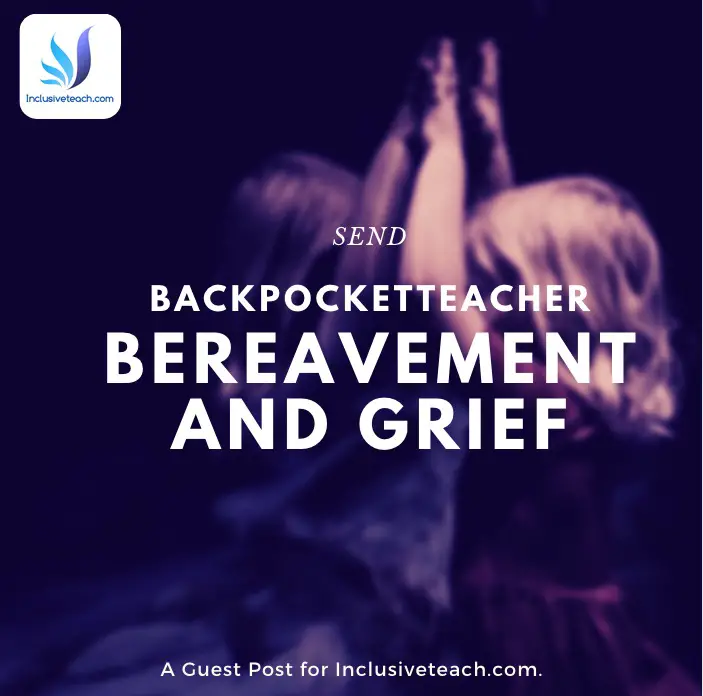

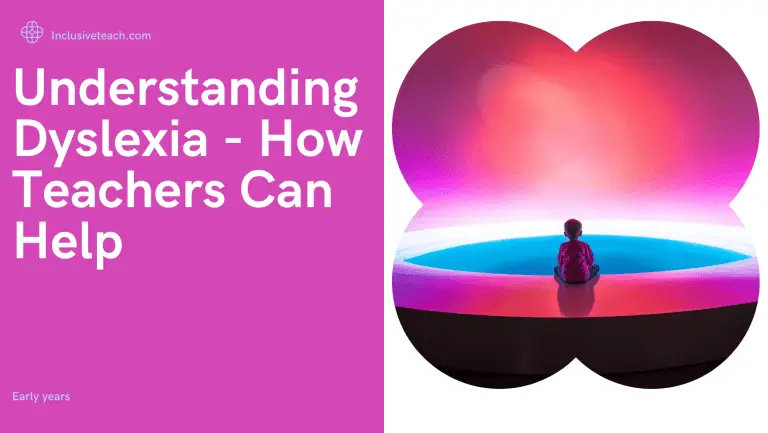
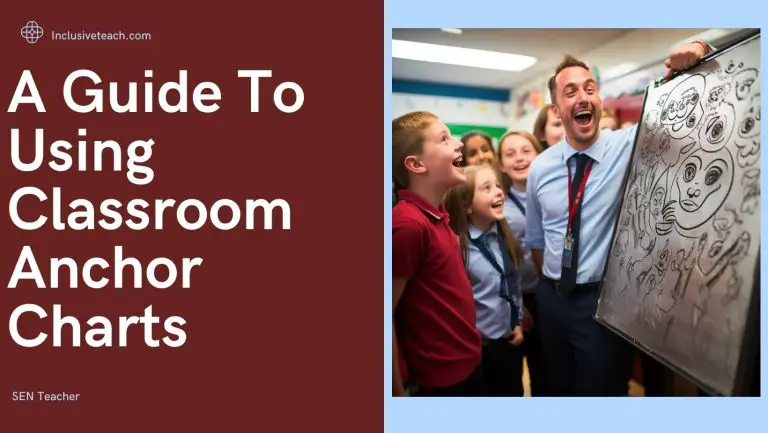
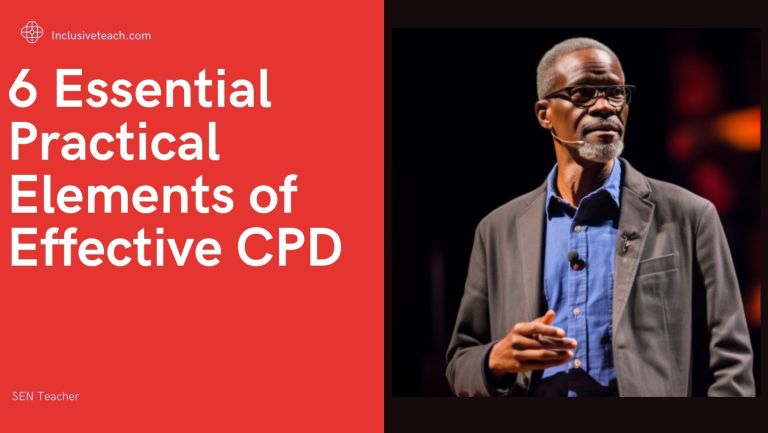
One Comment